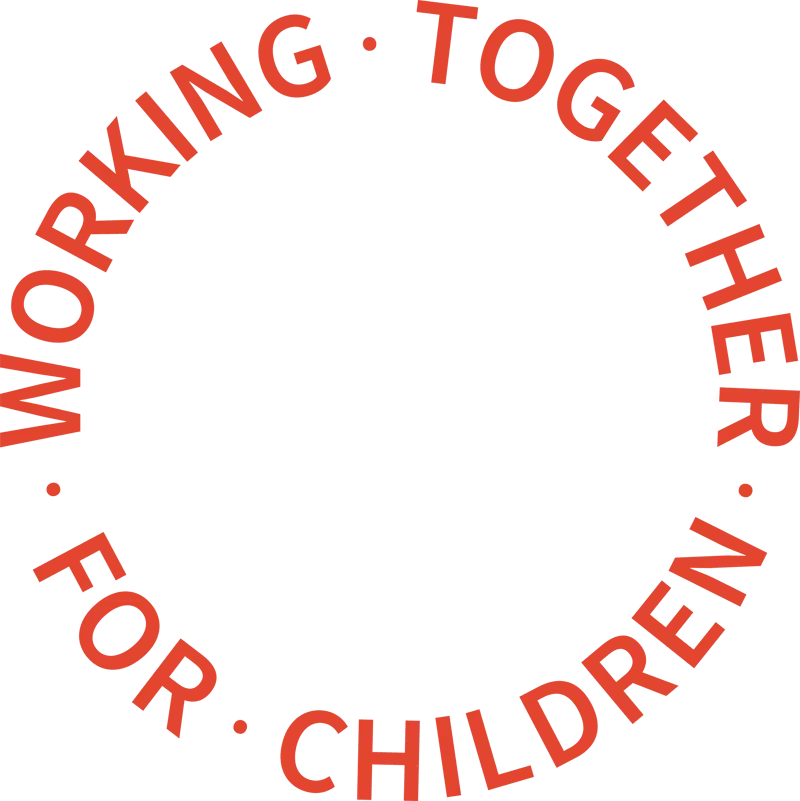The Local Government Association has called the latest official statistics into children and young people's mental health "startling" and said they demonstrate the urgent need to invest new substantial money into children’s services.
The government's official statistics which have been uodated for the first time since 2004 show that one in eight (12.8%) 5 to 19 year olds had at least one mental disorder when assessed in 2017. One in twenty (5.0%) 5 to 19 year olds met the criteria for two or more individual mental disorders at the time of the interview.
Emotional disorders were the most prevalent type of disorder experienced by 5 to 19 year olds in 2017. In fact, emotional disorders have become more common in five to 15 year-olds – going from 4.3% in 1999 and 3.9% in 2004 to 5.8% in 2017. All other types of disorder, such as behavioural, hyperactivity and other less common disorders, have remained similar in prevalence for this age group since 1999.
"There is a widespread perception that children and young people today are more troubled than previous generations," said the report. "Data from this survey series reveal a slight increase over time in the prevalence of mental disorder in 5 to 15 year olds (the age-group covered on all surveys in this series). Rising from 9.7% in 1999 and 10.1% in 2004, to 11.2% in 2017."
Emotional disorders have become more common in 5 to 15 year olds: up from 4.3% in 1999 and 3.9% in 2004, to 5.8% by 2017. The increase since 2004 in emotional disorders is evident in both boys and girls.
Young people aged 17 to 19 were three times more likely to have a disorder (16.9%) than preschool children aged 2 to 4 (5.5%).
The survey looked at pre-school children for the first time given the early years are a critical time of rapid development. One in eighteen (5.5%) preschool children were identified with at least one mental disorder around the time of the interview in the Experimental Statistics.
In terms of primary school children, around one in ten (9.5%) 5 to 10 year olds had at least one disorder and about one in thirty (3.4%) met the criteria for two or more mental disorders around the time of the interview. Behavioural disorders (5.0%) and emotional disorders (4.1%) were the most common types in this age group.
For secondary school children, around one in seven (14.4%) 11 to 16 year olds were identified with a mental disorder and one in sixteen (6.2%) met the criteria for two or more mental disorders at the time of the interview. Emotional disorders were the most common type at this age, present in 9.0% of 11 to 16 year olds, followed by behavioural disorders (6.2%).
About one in six (16.9%) 17 to 19 year olds had a mental disorder and one in sixteen (6.4%) met the criteria for more than one mental disorder at the time of the interview. Emotional disorders were the most common type in this age group, presenting in 14.9% of 17 to 19 year olds: 13.1% were identified with an anxiety disorder and 4.8% with depression.
The report found:
- Young people who identified as lesbian, gay, bisexual or with an other sexual identity were more likely to have a mental disorder than heterosexual young people.
- Rates of disorder tended to be higher in White British children and lower in those who were Black/Black British or Asian/Asian British.
- Mental disorders tended to be more common in children living in lower income households.
- Rates of mental disorder tended to be highest in children living with a parent with poor mental health.
- Over a third (38.2%) of children living in families with the least healthy functioning had a mental disorder.
- 11 to 19 year olds with a mental disorder were more likely to use social media every day (87.3%) than those without a disorder (77.8%).
- 11 to 19 year olds with a mental disorder were nearly twice as likely to have been bullied in the past year (59.1%) as those without a disorder (32.7%).
- Risky health behaviours such as alcohol, tobacco, e-cigarettes and drugs were more common in young people with a disorder.
The report also revealed that two-thirds (66.4%) of 5 to 19 year olds with a disorder had contact with a professional service in the past year because of worries about mental health. Teachers were the most commonly cited source (48.5%), followed by primary care professionals (33.4%), mental health specialists (25.2%), and educational support services (22.6%).
73.1% of young people found educational support services to be helpful and 60.5% found social care services to be helpful. The service most likely to be rated as unhelpful by those who had contact with it was primary care.
Overall, more than two thirds of 5 to 19 year olds who accessed professional services for a mental health problem reported waiting less than ten weeks to see the specialist, the report concluded.
Chair of the Local Government Association’s Children and Young People Board, Cllr Anntoinette Bramble, said: “These startling figures demonstrate the urgent need to invest new substantial money into children’s services, which face a £3 billion funding gap by 2025 just to maintain current levels of service.
“Councils are pulling out all the stops to give children and young people the support they need, but worryingly, as a result of funding reductions, many councils are being forced to cut vital early intervention work which helps children avoid reaching crisis point.
“We need a complete overhaul of children’s mental health services, and for the NHS to work with councils to develop a system that says yes, rather than no, to children when they ask for help.
"Councils and schools need to be given funding to offer independent mental health counselling so children have access to support as and when they need it.
“Government promised £1.7 billion for children’s mental health, and it should make certain all of this is received by children’s mental health services, and not diverted elsewhere. Where it has been spent on other services, government should make up the shortfall.
“In addition, we need to see a reversal of the cuts to public health funding, which also provide services that help young people get the best start in life," she concluded.

